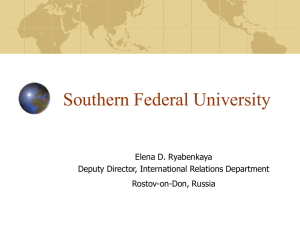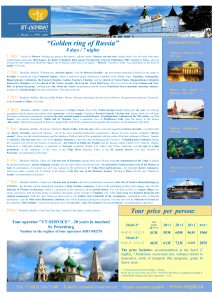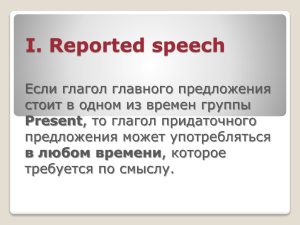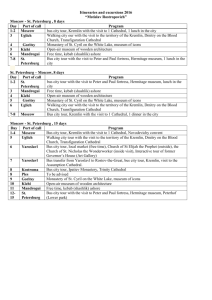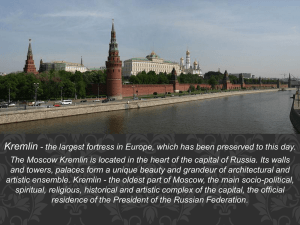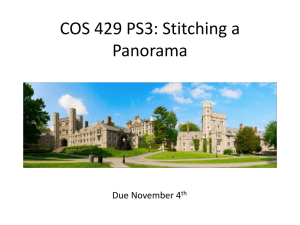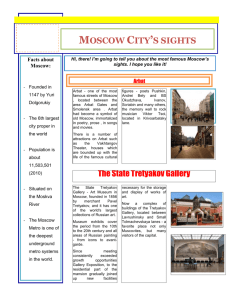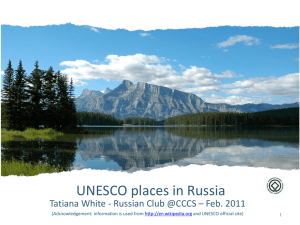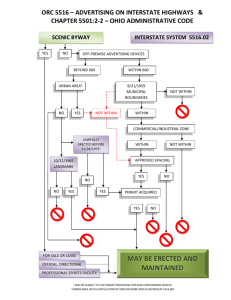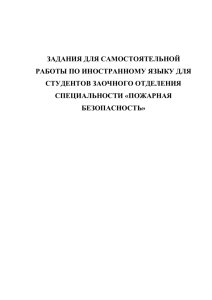Условие - Reshaem.Net
advertisement
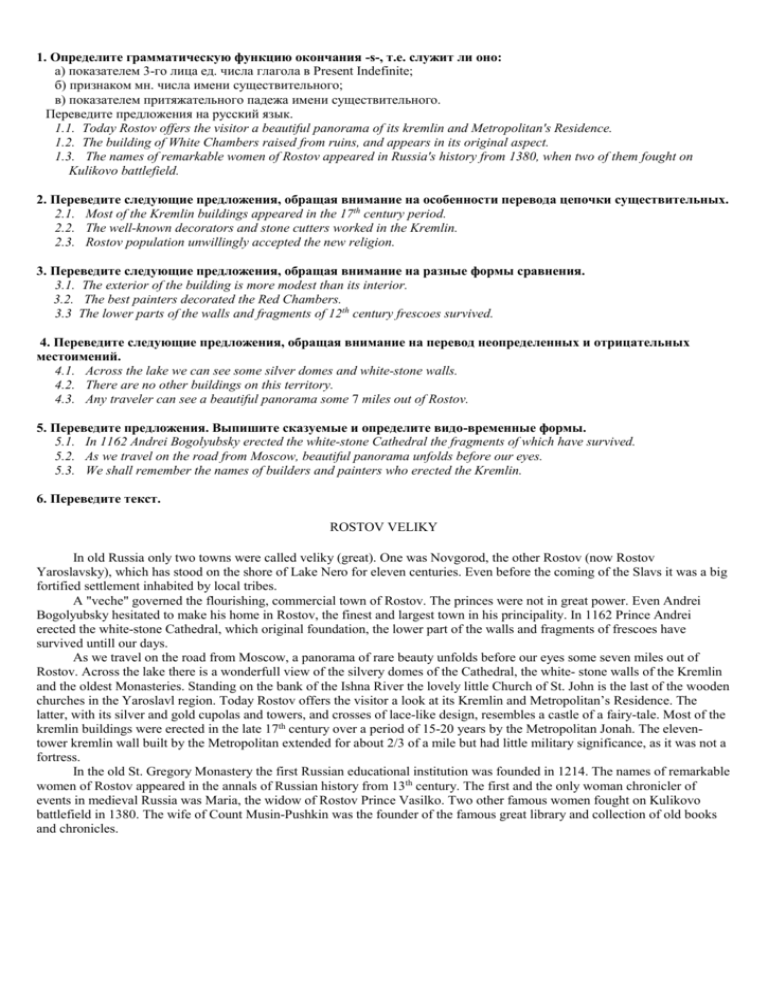
1. Определите грамматическую функцию окончания -s-, т.е. служит ли оно: а) показателем 3-го лица ед. числа глагола в Present Indefinite; б) признаком мн. числа имени существительного; в) показателем притяжательного падежа имени существительного. Переведите предложения на русский язык. 1.1. Today Rostov offers the visitor a beautiful panorama of its kremlin and Metropolitan's Residence. 1.2. The building of White Chambers raised from ruins, and appears in its original aspect. 1.3. The names of remarkable women of Rostov appeared in Russia's history from 1380, when two of them fought on Kulikovo battlefield. 2. Переведите следующие предложения, обращая внимание на особенности перевода цепочки существительных. 2.1. Most of the Kremlin buildings appeared in the 17th century period. 2.2. The well-known decorators and stone cutters worked in the Kremlin. 2.3. Rostov population unwillingly accepted the new religion. 3. Переведите следующие предложения, обращая внимание на разные формы сравнения. 3.1. The exterior of the building is more modest than its interior. 3.2. The best painters decorated the Red Chambers. 3.3 The lower parts of the walls and fragments of 12th century frescoes survived. 4. Переведите следующие предложения, обращая внимание на перевод неопределенных и отрицательных местоимений. 4.1. Across the lake we can see some silver domes and white-stone walls. 4.2. There are no other buildings on this territory. 4.3. Any traveler can see a beautiful panorama some 7 miles out of Rostov. 5. Переведите предложения. Выпишите сказуемые и определите видо-временные формы. 5.1. In 1162 Andrei Bogolyubsky erected the white-stone Cathedral the fragments of which have survived. 5.2. As we travel on the road from Moscow, beautiful panorama unfolds before our eyes. 5.3. We shall remember the names of builders and painters who erected the Kremlin. 6. Переведите текст. ROSTOV VELIKY In old Russia only two towns were called veliky (great). One was Novgorod, the other Rostov (now Rostov Yaroslavsky), which has stood on the shore of Lake Nero for eleven centuries. Even before the coming of the Slavs it was a big fortified settlement inhabited by local tribes. A "veche" governed the flourishing, commercial town of Rostov. The princes were not in great power. Even Andrei Bogolyubsky hesitated to make his home in Rostov, the finest and largest town in his principality. In 1162 Prince Andrei erected the white-stone Cathedral, which original foundation, the lower part of the walls and fragments of frescoes have survived untill our days. As we travel on the road from Moscow, a panorama of rare beauty unfolds before our eyes some seven miles out of Rostov. Across the lake there is a wonderfull view of the silvery domes of the Cathedral, the white- stone walls of the Kremlin and the oldest Monasteries. Standing on the bank of the Ishna River the lovely little Church of St. John is the last of the wooden churches in the Yaroslavl region. Today Rostov offers the visitor a look at its Kremlin and Metropolitan’s Residence. The latter, with its silver and gold cupolas and towers, and crosses of lace-like design, resembles a castle of a fairy-tale. Most of the kremlin buildings were erected in the late 17th century over a period of 15-20 years by the Metropolitan Jonah. The eleventower kremlin wall built by the Metropolitan extended for about 2/3 of a mile but had little military significance, as it was not a fortress. In the old St. Gregory Monastery the first Russian educational institution was founded in 1214. The names of remarkable women of Rostov appeared in the annals of Russian history from 13th century. The first and the only woman chronicler of events in medieval Russia was Maria, the widow of Rostov Prince Vasilko. Two other famous women fought on Kulikovo battlefield in 1380. The wife of Count Musin-Pushkin was the founder of the famous great library and collection of old books and chronicles.
